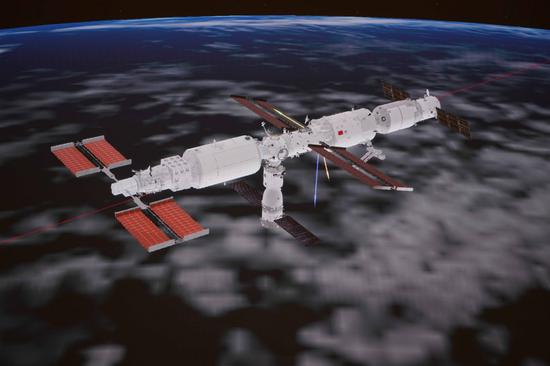
Simulated image captured at Beijing Aerospace Control Center on July 25, 2022 shows that Wentian lab module has successfully docked with the front port of Tianhe core module combination. (Xinhua/Guo Zhongzheng)
The China Manned Space Agency (CMSA) has revealed that the first lab module of China's space station is being powered by a "pair of wings" composed of huge, flexible solar arrays.
The Wentian module, a structure about the size of a Beijing subway car, was flung into space and later docked with the combination of China's space station in July, becoming the heaviest ever single-cabin active spacecraft in orbit.
The CMSA on Monday provided technical details of huge solar arrays on the space experiment platform, with multiple cabinets and more than 40 approved research projects.
Wentian has a solar wingspan of over 55 meters. A single wing spreads to about 110 square meters, making the total expanded area two times larger than the core module Tianhe, onto which Wentian has been docked.
To blast off a module with solar wings so wide that they may disturb the docking through self-oscillation, Chinese engineers resorted to a two-time unfolding solution.
During the launch, the flexible solar wings were first folded tightly like a closed accordion. Each panel is less than one millimeter thick, thus reducing the volume of the folded arrays to just 20 percent the volume of traditional solar panels.
The module was then maneuvered to create a wingspread of 6.5 meters before extending to its full length after docking.
The solar panels mounted on Tianhe, Wentian and the Mengtian module to be launched in October this year were produced through the use of third-generation flexible solar array technology, according to the CMSA.
The solar arrays on Wentian are equipped with flexible triple-junction gallium arsenide-based solar cells and can supply power to the average family for about a month and a half -- making them about two times stronger than those of the core module.
The dark, glassy cells will be joined together to make a total power generation plane of nearly 400 square meters on the combination of Tianhe, Wentian and Mengtian upon the completion of China's space station, generating an electrical supply of more than 80 kilowatts and with a photoelectric conversion efficiency exceeding 30 percent, according to the CMSA.
The solar cells are screen-printed so that the coating is evenly rolled to protect the arrays from space hazards such as atomic oxygen, extreme temperatures and ultraviolet radiation.
It took the research team more than three years to complete 88,000 high and low temperature cycle tests to ensure the solar wings could support the space station in orbit for 15 years.
The engineers also designed wrist-like, double-shaft bearing units to help rotate Wentian's two 27-meter-long wings by 360 degrees to face the sunlight in unblocked positions.
The application of the flexible solar cells marks a jump forward in China's solar array technology, and it will ensure the stable, long-term operations of the country's space station, the agency said.


















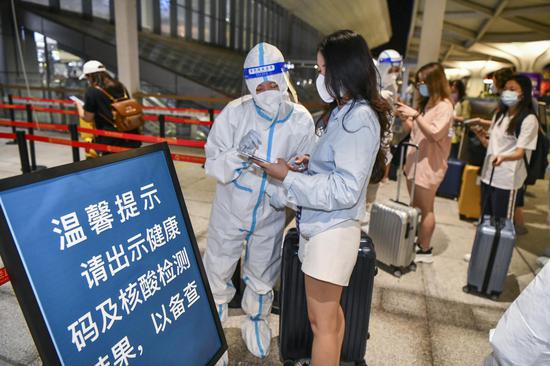


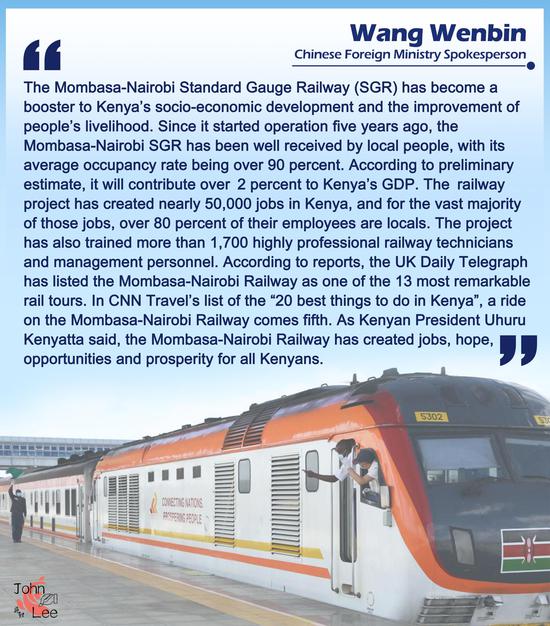





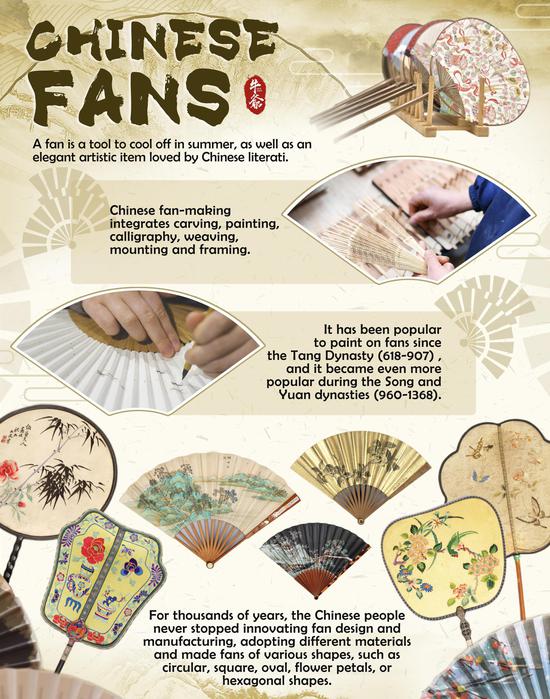

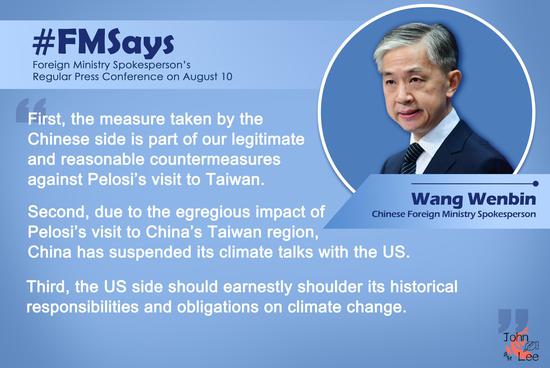



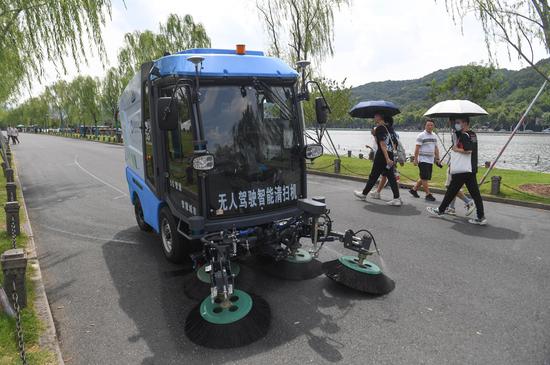
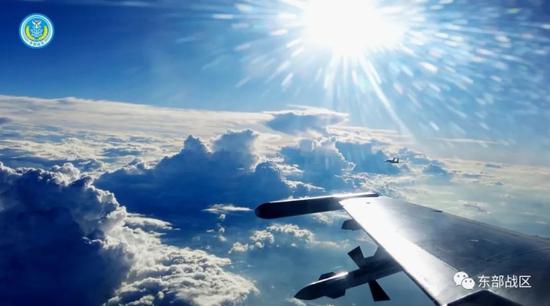
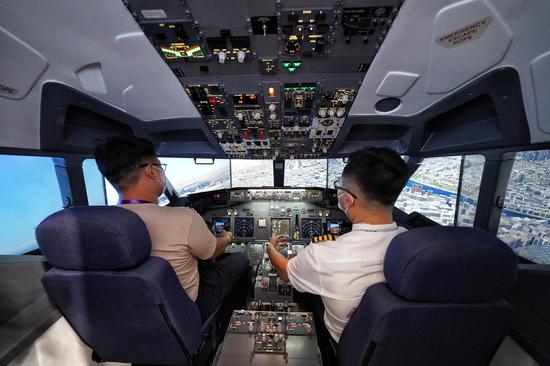
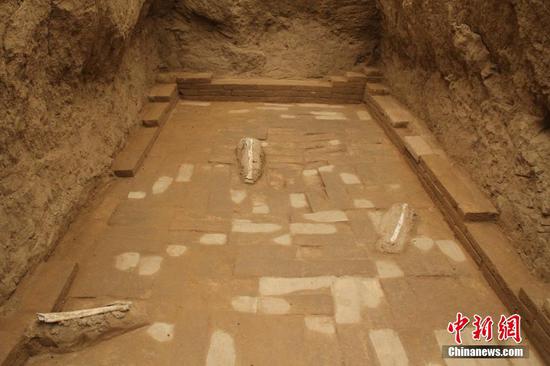
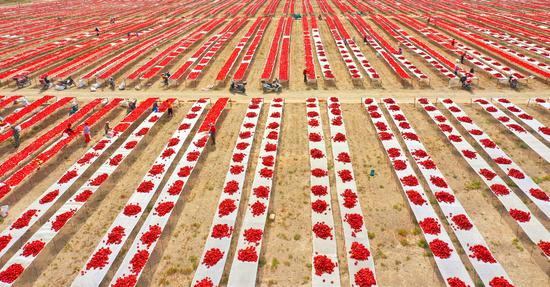

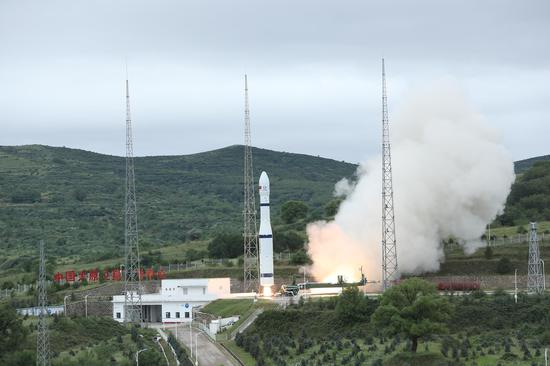










 京公网安备 11010202009201号
京公网安备 11010202009201号